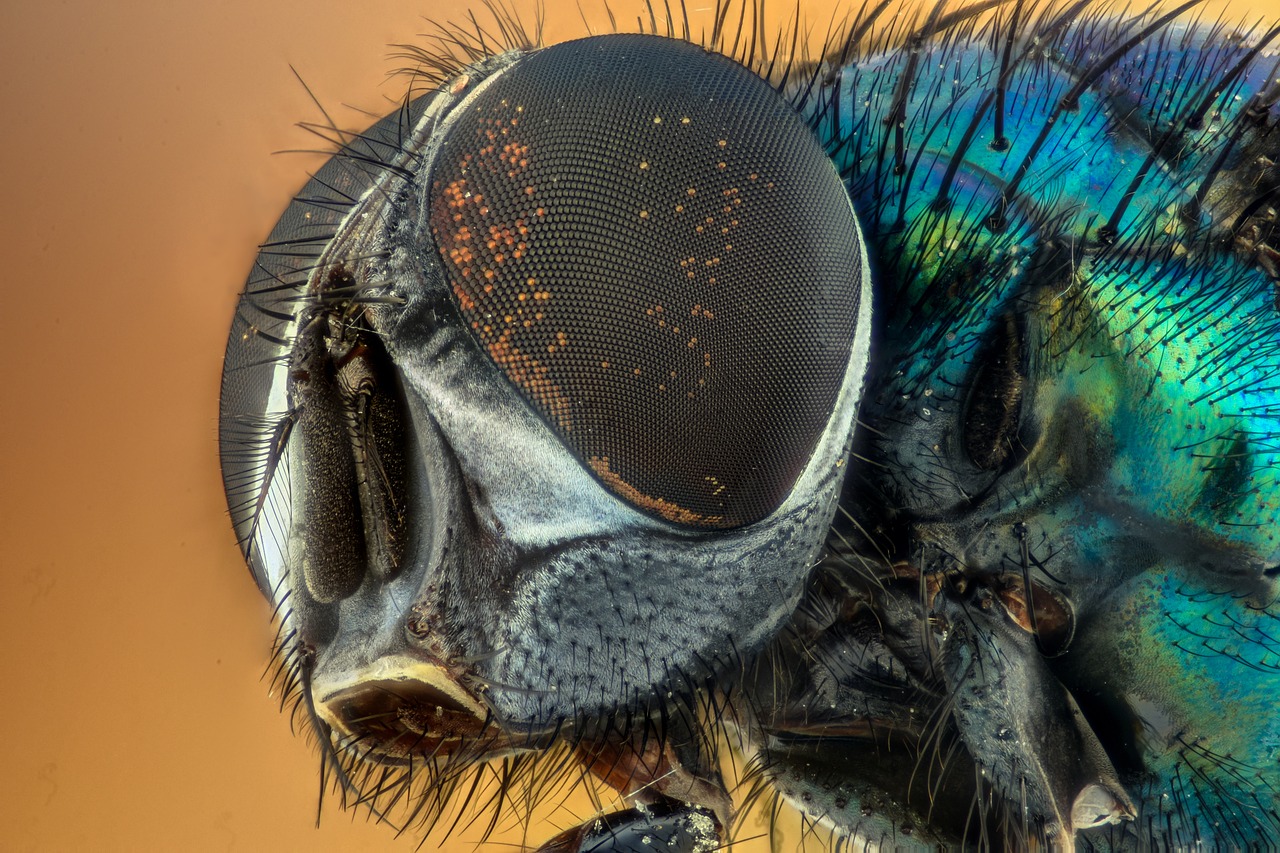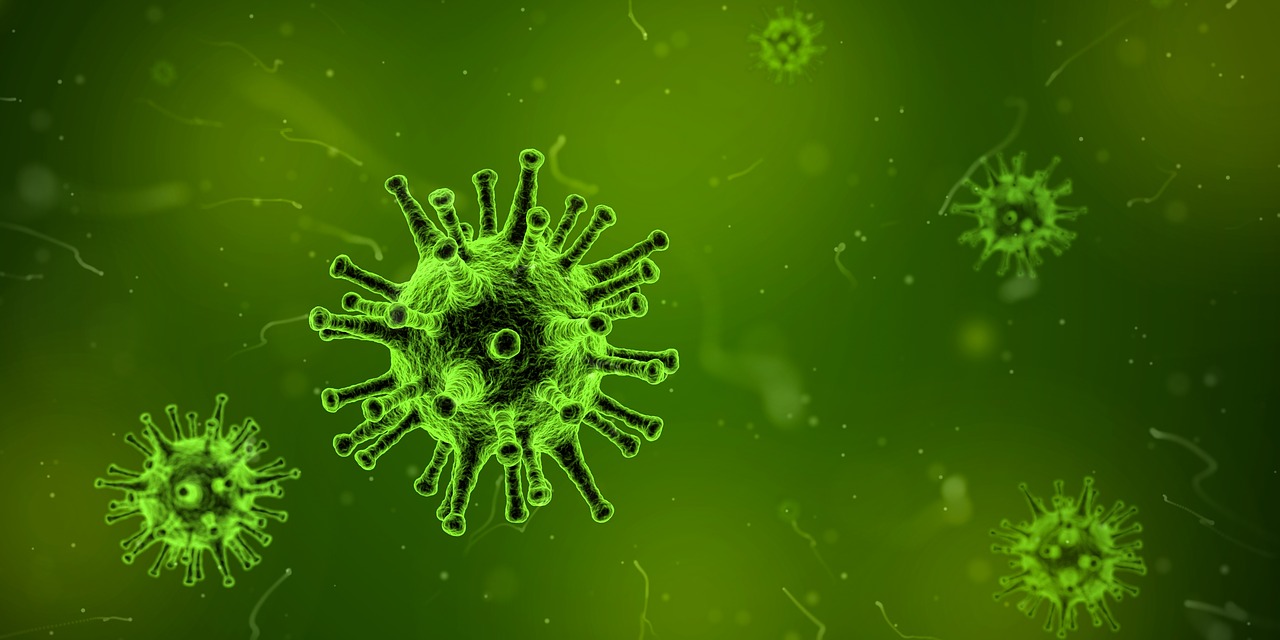What Diseases Are Carried and Transmitted by Flies?
Professionals in the food industry will know all too well about the havoc which house flies can cause to their business processes. And, on top of this, compared to other pets such as rodents and cockroaches, house flies are responsible for the highest number of staff sicknesses.
Unfortunately, house flies are estimated by the World Health Organization to transmit around 65 diseases, all of which can cause problems with stock and overall staff health. In light of this, this month, we will take a look at some of the more common diseases transmitted by house flies.
What are house flies?
House flies (Musca domestica) are a member of the muscidae family and actually originated in the Middle East, before spreading across the globe.
Living for around 2-4 weeks, house flies are named as such given their tendency to live in close proximity to humans, largely because human by-products (mainly food waste) are their key food sources.
What diseases do they carry?
- E. coli: house flies have been known to transmit E. coli, a particularly nasty disease which can cause diarrhoea, blood in stool, vomiting, stomach cramps and fever. Symptoms tend to appear around three to four days after infection, however, they can start as late as two weeks.
- Anthrax: Anthrax is a bacterial infection which occurs in four forms: skin, lungs, intestinal and injection. The skin form, the form which house flies will cause, manifests as a small swollen blister which will eventually turn into a painless ulcer with a black centre. If left untreated, this infection can prove fatal.
- Food poisoning: caused by eating contaminated food, food poisoning can cause nausea, vomiting, diarrhoea, stomach cramps, a loss of appetite and fever. Although food poisoning tends to pass on its own, it can be an extremely painful and unpleasant experience. Flies carrying certain pathogens can cause this illness by simply landing on your food, so vigilance is key. Take a look at our guides on how to prevent flies in your home kitchen or even how to get rid of flies in commercial kitchens to learn how to put a stop to them.
- Tularemia: a bacterial illness which can manifest in many forms, tularemia is usually ulceroglandular, that is, it appears in the form of an ulcer near the affected area. This ulcer will be accompanied swollen and red lymph glands too, which usually appear at the armpit.
- Conjunctivitis: conjunctivitis is an inflammation or swelling of the conjunctiva – the thin transparent tissue which lines the inner surface of the eyelid. It’s a very common eye disease, one which can spread easily around the workplace and schools. The symptoms can include: itching, tearing, swelling and pink discolouration.
- Typhoid: an acute illness associated with the Salmonella bacteria, typhoid presents itself as a particularly nasty fever. It’s highly contagious, and can be caught by eating food or drinking water which has been contaminated. House flies have been known to carry the relevant pathogens and can easily transmit the illness.
Are house flies causing havoc at your place of work? Don’t let pests ruin your business, if you need more information or would like to get professional advice, please get in touch with Pest Defence today. Simply ring or email us and we will get right on the issue!




